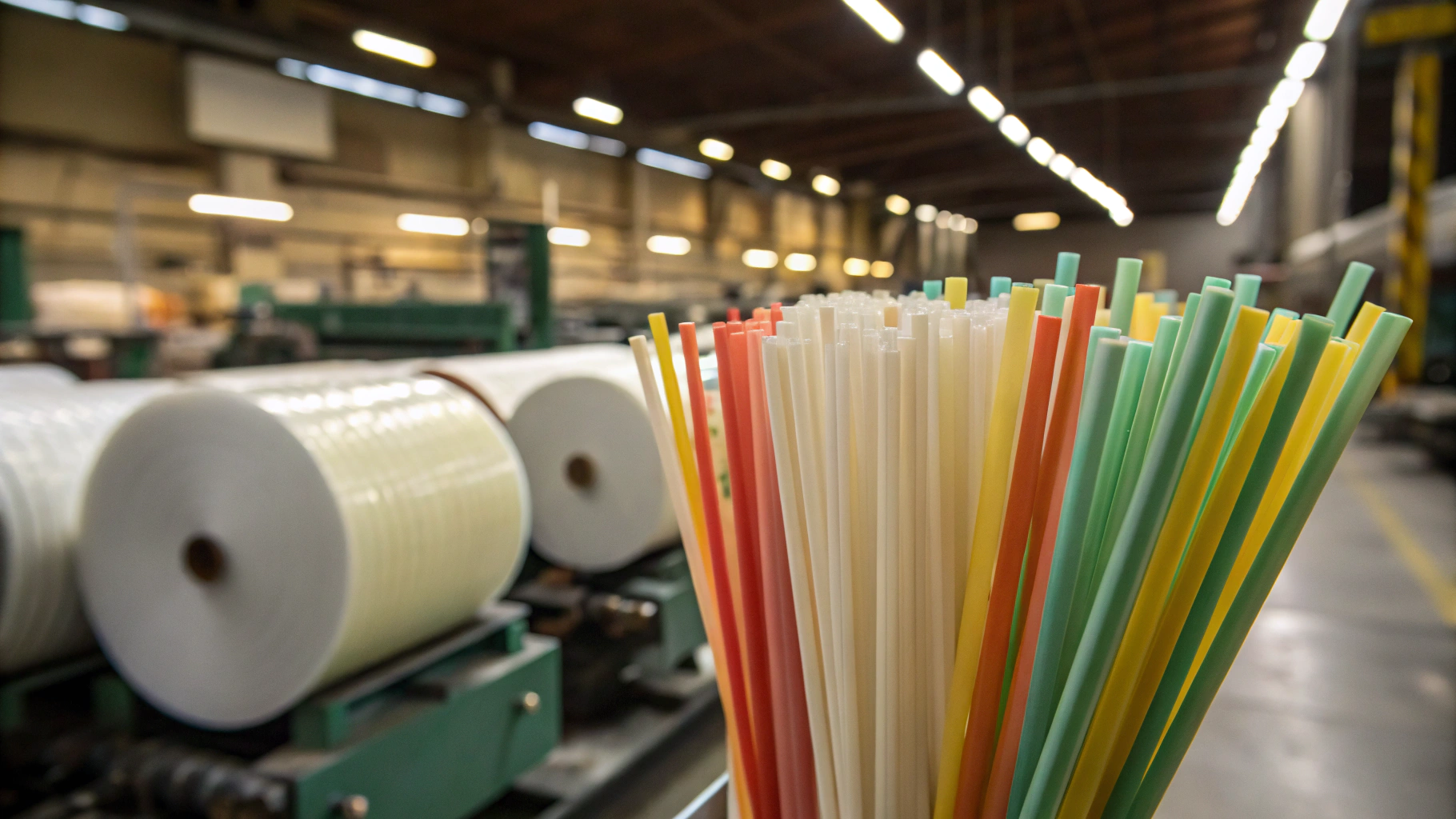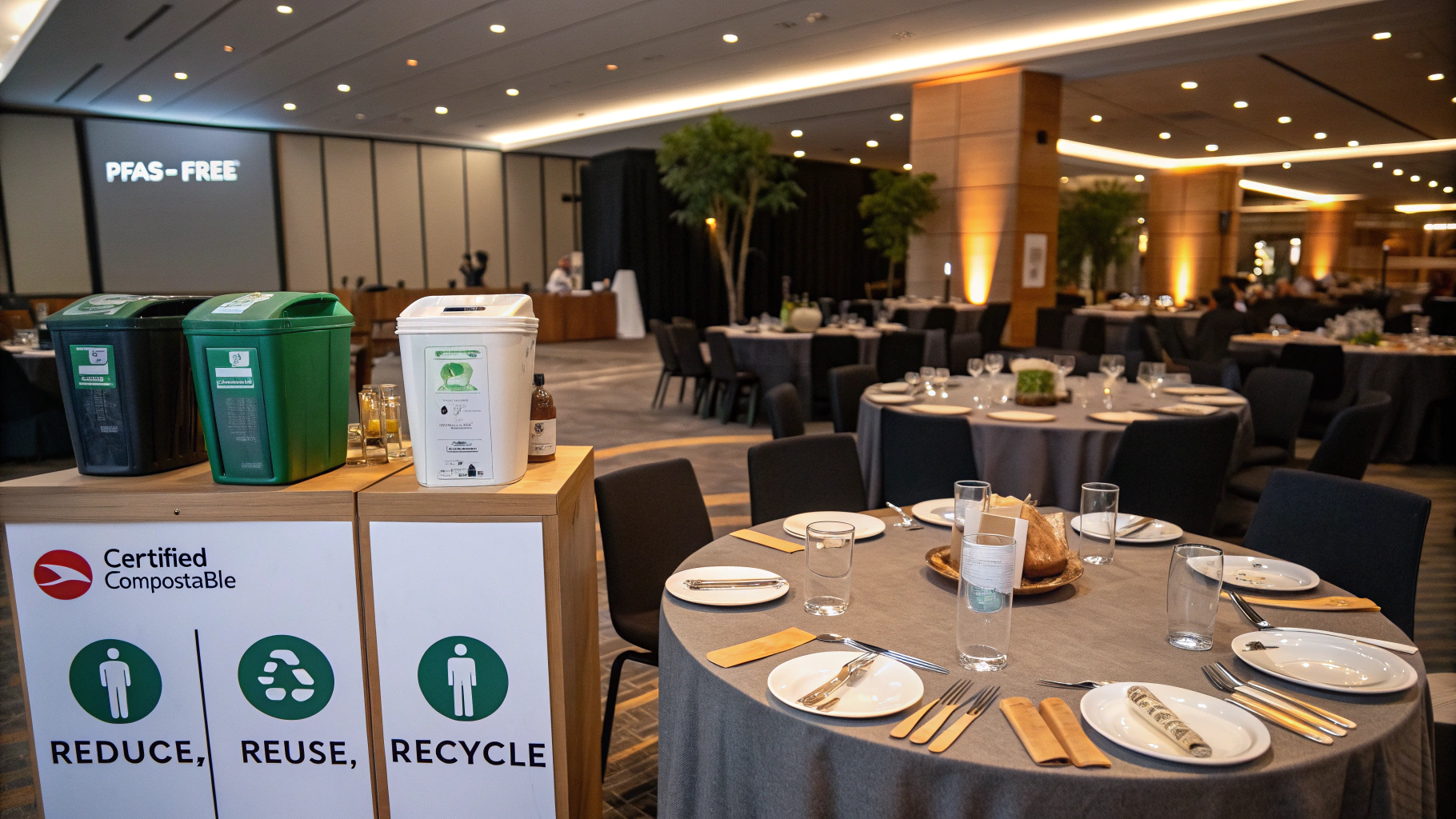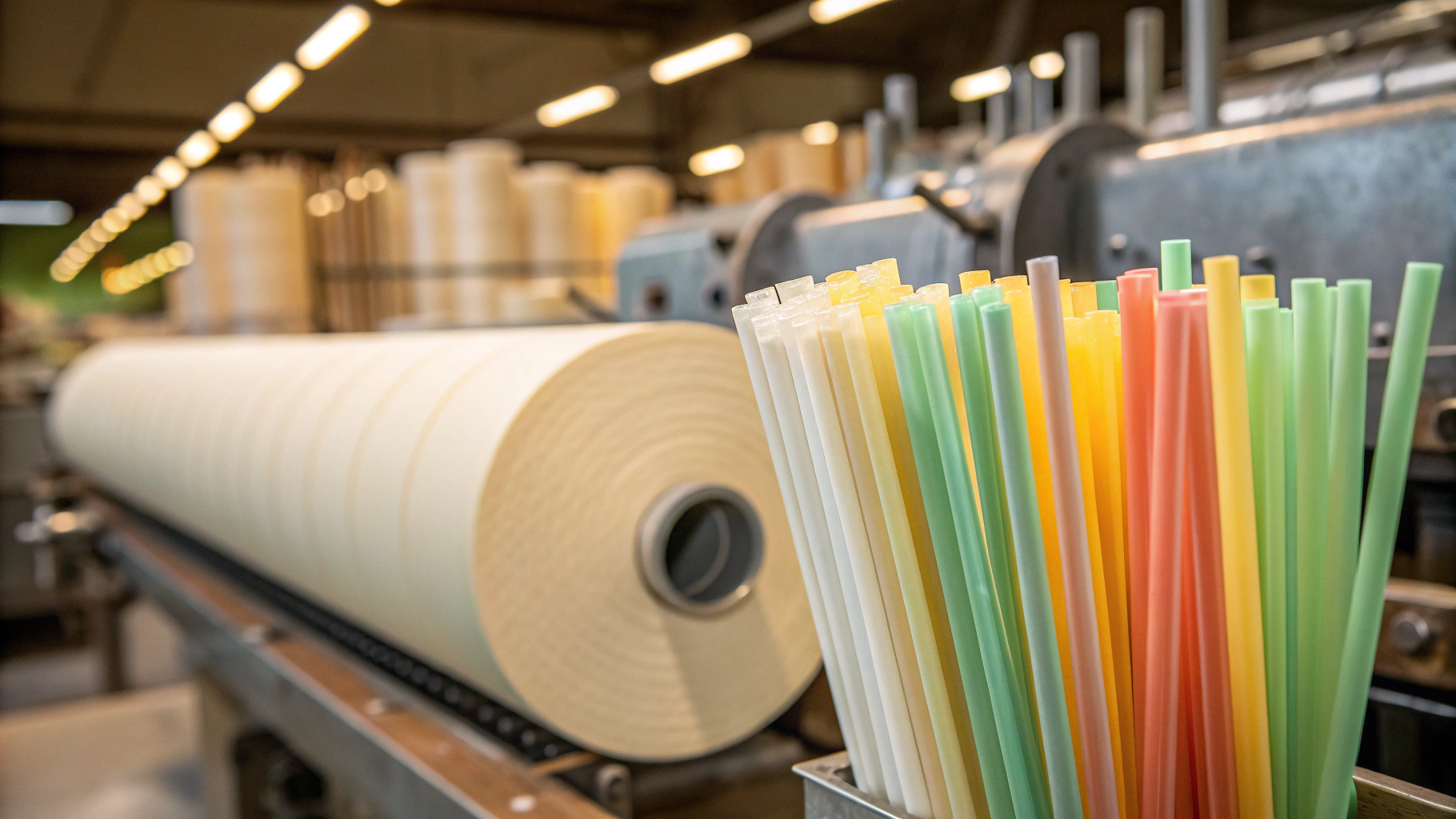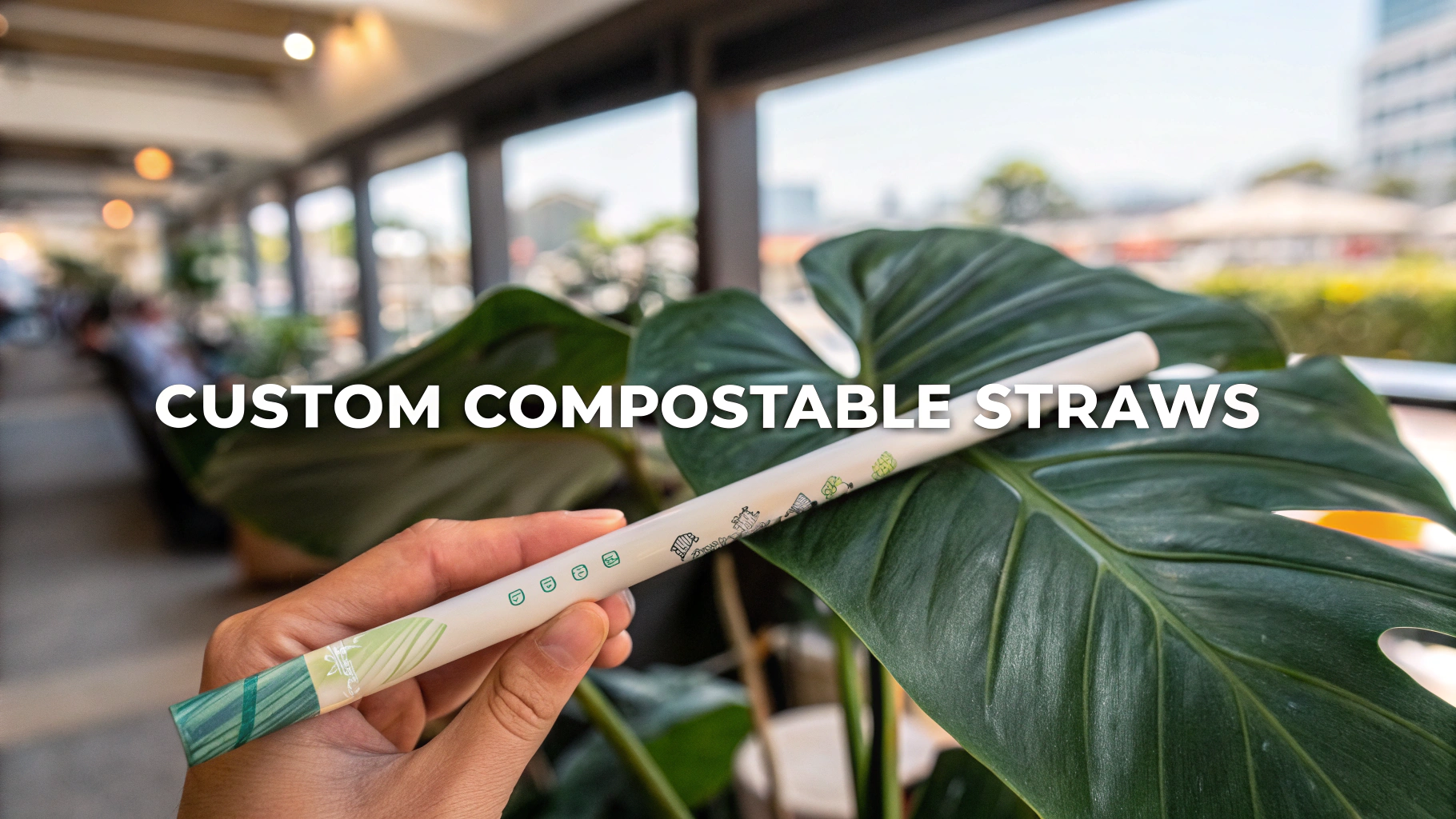
The global shift towards sustainability is more than just a trend; it’s a fundamental recalibration of business operations and consumer expectations. Procurement managers, operations directors, and sustainability officers across Europe and the US are facing escalating pressure to integrate eco-friendly practices into every facet of their supply chain. This imperative is driven by a conscientious consumer base, increasingly stringent regulatory frameworks like the European Union’s Single-Use Plastics Directive, and a compelling moral obligation to reduce environmental impact. In this context, the humble drinking straw, once an overlooked accessory, has become a potent symbol of corporate environmental responsibility.
For many businesses, bamboo straws have emerged as a seemingly ideal solution. Their natural origins, perceived biodegradability, and rustic aesthetic appeal instantly align with green branding initiatives. They offer a tangible alternative to the plastic straws that have become synonymous with ocean pollution, promising a simple switch to satisfy both eco-conscious customers and internal sustainability goals.
However, moving beyond the surface appeal reveals a complex landscape of critical questions. Are bamboo straws truly safe for long-term commercial use? Do they meet the rigorous hygiene demands of high-volume hospitality and foodservice environments? What are their real-world durability and lifespan, and how do these factors impact operational efficiency and cost? Most importantly, are there hidden risks, such as the unsettling presence of “forever chemicals,” that could undermine your brand’s integrity and expose your business to unforeseen liabilities?
The answers to these questions are crucial. Choosing the wrong sustainable straw can have far-reaching implications, affecting not only your brand’s reputation and customer satisfaction but also your health and safety compliance, waste management costs, and overall operational fluidity. This definitive B2B guide aims to dissect the complexities, providing procurement and supply chain executives with the insights needed to make informed, future-proof decisions.

The Promise and Peril of Bamboo: Unpacking the Full Picture for Commercial Use
At first glance, bamboo straws present a compelling case for sustainability. They are naturally derived from one of the fastest-growing plants on Earth, offering a renewable resource that quickly replenishes. As a natural material, bamboo is inherently biodegradable and compostable, breaking down without persisting in landfills for centuries like traditional plastics. Furthermore, authentic bamboo straws are typically free from harmful chemicals such as BPA (Bisphenol A) and phthalates, which can leach from plastic products, especially when exposed to heat or acidic liquids. They are often taste-neutral, ensuring that your customers’ beverages remain untainted by unwanted flavors.
Yet, for businesses operating in high-stakes environments like hospitality, quick-service restaurants, and event catering, the practicalities introduce significant challenges.
Critical Considerations and Operational Challenges:
Hygiene and Mold Risks:The porous nature of bamboo, while natural, creates microscopic nooks and crannies where moisture and organic residues can accumulate. This makes them highly susceptible to harboring bacteria and mold if not meticulously cleaned and dried after each use. In a high-volume commercial setting, where speed and efficiency are paramount, ensuring consistent and thorough cleaning of every straw becomes an operational hurdle. Proper protocols demand immediate rinsing, deep cleaning with specialized cleaning brushes, periodic boiling for sterilization, and thorough air drying in well-ventilated areas. Failing to adhere to these stringent requirements can lead to visible mold growth and invisible bacterial contamination, posing significant health risks to customers and serious compliance issues for your business.
Durability and Lifespan in Commercial Settings:While bamboo straws are reusable, their operational lifespan in a busy commercial environment is significantly shorter than alternatives like metal or glass. Frequent use, particularly with hot liquids, can accelerate their degradation, leading to cracking, splitting, or softening. This necessitates more frequent replacement cycles, which can quickly negate any initial cost savings and increase your procurement spend over time. Businesses must factor in the hidden costs of managing breakage and frequent reordering.
The Unsettling PFAS Contamination:Perhaps the most significant recent concern for businesses considering bamboo straws is the alarming discovery of “forever chemicals.” A study published in August 2023 inFood Additives and Contaminantsrevealed that a staggering 80% of tested “eco-friendly” straw brands, including many made from bamboo, contained poly- and perfluoroalkyl substances (PFAS). These synthetic chemicals are known for their resistance to water, oil, and heat, and they persist in the environment and human body, accumulating over time. While the concentrations found in straws were often low, the long-term health implications for frequent exposure are a serious concern. For businesses, this poses a dual threat: potential health risks for patrons and staff, and significant legal and reputational liabilities. Navigating this issue requires a deep dive into the supply chain and a demand for verifiable, PFAS-free certifications from suppliers.

User Experience Nuances:While many appreciate the natural feel of bamboo, some users report a subtle “woody” or earthy taste, particularly when the straws are new or used with certain delicate beverages. This can detract from the overall customer experience. Additionally, the opaque nature of bamboo straws makes it impossible for both staff and customers to visually verify their cleanliness, potentially leading to a perception of poor hygiene or a lack of trust.
Supply Chain and Environmental Footprint Beyond the “Green” Label:While bamboo itself is a sustainable resource, the journey from plant to straw involves various stages, each with its own environmental implications. Harvesting, processing, shaping, and international shipping all contribute to a carbon footprint. Concerns have also been raised regarding land use practices and biodiversity loss in areas with intensive bamboo cultivation for commercial purposes. To truly embrace sustainability, businesses need to look beyond the raw material and scrutinize the entire supply chain. Interested in how bamboo straws decompose? Explore the full lifecycle and environmental impact in our detailed guide:Do Bamboo Straws Decompose? A B2B Sustainability Perspective.
Accessibility Concerns:A critical, often overlooked aspect of straw alternatives is accessibility. Plastic straws, particularly flexible ones, have historically been essential aids for individuals with disabilities or limited mobility. Many sustainable alternatives, including bamboo, may not offer the necessary sturdiness, flexibility, or temperature neutrality required by this community, potentially creating unintended barriers to service. This highlights the need for diverse straw options to ensure inclusive practices.
Strategic Choices for Sustainable Sipping: Ensuring Safety, Efficiency, and Brand Integrity
The challenge for B2B buyers is not merely to replace plastic, but to find sustainable straw solutions that align with rigorous health and safety standards, operational efficiency, and long-term brand integrity. This requires a nuanced understanding of the available alternatives.
The Spectrum of Sustainable Straw Solutions: A B2B Comparison Guide
Choosing the right straw involves balancing environmental commitment with practical business demands. Here’s a comparative look at common sustainable straw options:
| Feature | Pajitas de bambú | Metal Straws (Stainless Steel) | Pajitas de vidrio | Silicone Straws | Pajitas de papel | Innovative Biodegradable (PLA, PHA, Sugarcane) |
|---|---|---|---|---|---|---|
| B2B Impact | Natural aesthetic; reusability for eco-focus. | Highly durable, premium feel, long-term asset. | Elegant, transparent, high-end appeal. | Flexible, safe for kids, good for takeout. | Disposable convenience, widely adopted. | Novelty, varying performance, strong eco-claim. |
| Compliance Risk | High(PFAS, hygiene/mold if not cleaned). | Low(food-grade steel, no leaching). | Low(food-grade glass, no leaching). | Low(BPA-free silicone). | Medium(PFAS in some brands, sogginess). | Medium(PFAS in some bioplastics, industrial composting required for PLA/PHA). |
| Hygiene | Difficult to clean thoroughly due to porosity; requires diligent care to prevent mold. | Very easy to clean; dishwasher safe; visible cleanliness. | Very easy to clean; dishwasher safe; transparent verification. | Easy to clean; dishwasher safe, but can attract lint. | Single-use eliminates cleaning concern, but integrity can fail. | Varying; single-use reduces cleaning burden. |
| Durability/Lifespan | Shorter (2-3 months commercial use); prone to cracking/splitting. | Excellent; virtually endless reuse. | Good; chip-resistant but breakable. | Excellent; very flexible and durable. | Poor; prone to sogginess, short-term use. | Varies by material; some dissolve, some are very sturdy. |
| ROI Potential | Low; high replacement rate due to wear/hygiene. | High; upfront cost offset by longevity. | Medium-High; upfront cost, breakage risk. | Medium; durable, but not biodegradable. | Low; constant repurchase, potential customer complaints. | Varies by cost and performance; niche appeal. |
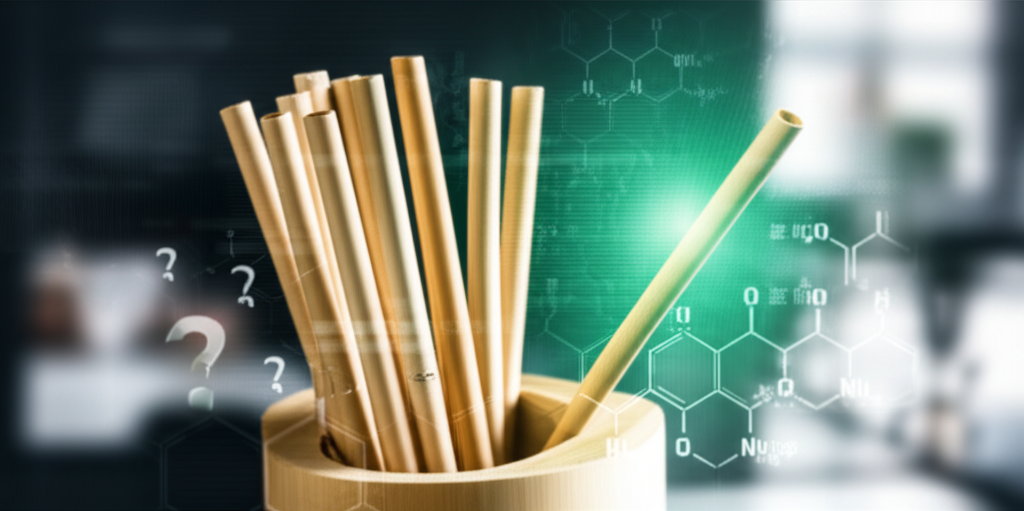
Industry Insights and Future-Proofing Your Straw Strategy
The global eco-friendly straws market, valued at approximately USD 12.3 billion in 2025, is projected to nearly double to USD 25.1 billion by 2035, demonstrating a robust Compound Annual Growth Rate (CAGR) of 7.3%. This remarkable growth is primarily driven by escalating global bans and restrictions on single-use plastics. In the European Union, the Single-Use Plastics Directive has been a major catalyst, compelling businesses across the continent to transition to sustainable alternatives. Similarly, various state-level bans and regulations across the USA are accelerating this shift.
This market expansion is fueling significant advancements in material science and manufacturing. Beyond bamboo, the industry is witnessing innovations like:
- Advanced Paper Straws: Featuring enhanced water-resistant coatings and hybrid materials to improve durability and prevent sogginess, making them suitable for both hot and cold beverages. Automated manufacturing systems are also increasing production efficiency.
- Plant-Based Bioplastics: Polylactic acid (PLA) straws, derived from renewable sources like corn starch, are compostable, though often require specific industrial composting conditions. More advanced options like Polyhydroxyalkanoate (PHA) are also gaining traction.
- Novel Plant-Sourced Polymers: Cellulose acetate, for example, is a plant-sourced polymer creating home-compostable straws that offer durability comparable to traditional plastic without the “soggy drawbacks” often associated with paper. Researchers in China have even developed biodegradable straws from “bacterial cellulose” coated with “sodium alginate,” which are reportedly stronger than paper, cost similar to plastic, and break down without industrial composting.
- Edible and Novel Options: Emerging segments include pasta-based straws and innovative solutions derived from seaweed or even dried coconut leaves, offering unique customer experiences. For a detailed comparison of popular plant-based options, check out our guide on Sugarcane vs. Bamboo Straws for Sustainable Hospitality.
The Imperative of Health and Safety Compliance:With the emergence of PFAS concerns, the need for verifiable certifications and transparent sourcing has become paramount. Businesses must demand proof of third-party testing and certifications (e.g., USDA BioPreferred, FSC-certified bamboo, or specific compostability certifications like EN 13432 for Europe) to avoid greenwashing and ensure patron safety. This due diligence is crucial for mitigating compliance risks and protecting your brand’s integrity. For a deeper dive into material properties, consider our detailed analysis:Sustainable Straws: Sugarcane vs. Bamboo for Hospitality.
Balancing Sustainability with Operational Realities:The true cost-effectiveness of a straw alternative extends beyond its initial purchase price. It encompasses maintenance, replacement rates, labor costs for cleaning, and waste management. While reusable options like stainless steel or glass have higher upfront costs, their longevity and ease of cleaning can lead to significant long-term savings. Disposable alternatives need to be evaluated on their true environmental impact at end-of-life and their performance during use.
Meeting Diverse Consumer Demands:A holistic strategy recognizes that no single straw fits all. Offering a range of options, including perhaps reusable choices for dine-in and a highly functional, certified-safe disposable option for takeout, can cater to varying customer preferences and accessibility needs, significantly enhancing the overall customer experience. Ipsos and BuzzFeed News found that 79% of people believe companies should use biodegradable materials for straws, indicating strong consumer support for eco-friendly products.
Investment Opportunities and Supply Chain Transparency:The growing demand for sustainable alternatives is attracting significant investment in the straw industry. This creates opportunities for businesses to partner with innovative suppliers who are investing in advanced technologies and ethical sourcing. Prioritizing suppliers who offer complete transparency regarding their materials, production processes, and certifications is key to ensuring both product safety and genuine environmental impact. The Asia-Pacific region, in particular, is a hub of innovation and growth in this sector, driven by urbanization and government initiatives to control plastic waste.
Making the Informed Switch: Your Next Steps Towards Responsible Beverage Service
The journey toward true sustainability in your beverage service demands a holistic approach. It’s not just about eliminating plastic; it’s about making informed choices that prioritize safety, hygiene, operational efficiency, compliance, and genuine environmental impact. While bamboo straws offer an initial appeal, the nuances of their commercial viability, especially concerning cleaning diligence and the potential for PFAS contamination, underscore the need for careful consideration.
Now is the time to critically assess your current procurement strategy. Evaluate your business’s specific operational requirements, customer demographics, and long-term sustainability goals. We invite you to explore our curated range of rigorously tested, safe, and truly sustainable straw alternatives, meticulously selected for high-volume commercial environments. Connect with our experts today to discuss custom solutions that seamlessly integrate with your brand values and elevate your operational efficiency. Download our comprehensive B2B Procurement Guide for an unparalleled resource to make informed, responsible purchasing decisions for your establishment. By choosing wisely, you not only mitigate risks and ensure compliance but also quantify significant cost savings, enhance your brand’s value, and seize a greater share of the burgeoning eco-conscious market.


